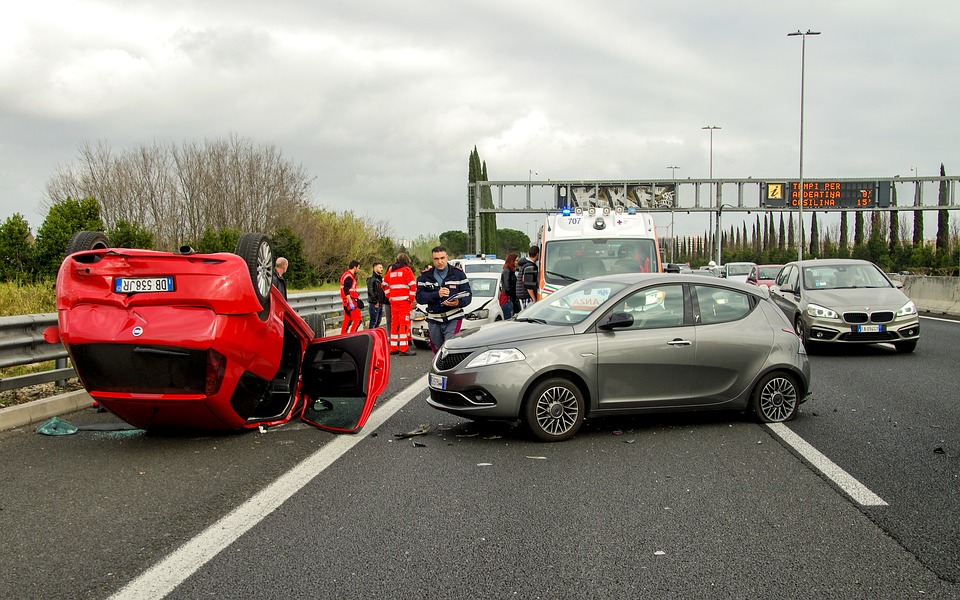The world of traffic, much like the universe of social phenomena I often explore, can undergo significant shifts based on seemingly minuscule changes. In recent years, the landscape of car crashes in the United States has evolved, influenced by both technology and human behavior. Let’s embark on a journey to understand the subtle nuances and trends impacting our roads.
1. Connect the Dots – Technology’s Double-Edged Sword
Modern vehicles come packed with advanced safety features — from lane departure warnings to automatic emergency braking. Yet, paradoxically, while these advancements are designed to reduce accidents, the increasing reliance on technology can sometimes lead to overconfidence or distraction. For instance, a driver may trust their vehicle’s autopilot features a bit too much, reducing their overall attentiveness.
2. The Law of the Few – Distraction Epidemic
Just as a small number of influencers can cause a trend to “tip” and become mainstream, a small percentage of drivers, those distracted by smartphones and in-car entertainment, are causing a disproportionate number of accidents. This ‘distraction epidemic’ is shaping the landscape of car crashes, with texting and driving continuing to be a significant concern despite widespread campaigns against it.
3. The Stickiness Factor – Ride-Sharing’s Ambiguous Role
Apps like Uber and Lyft have fundamentally changed the way we commute. One might think that with more professional drivers on the road, accident rates might decline. However, the reality is multifaceted. While some studies suggest that ride-sharing can lead to fewer drunk driving incidents, the increased number of vehicles on the road can also mean a higher potential for accidents.
4. The Maven’s Insight – Electric Vehicles (EVs) and Crash Patterns
Mavens, the information specialists, have started noticing an interesting trend with the rise of EVs. Their quiet engines sometimes make it harder for pedestrians to hear them approaching. While EV manufacturers are working on solutions to this unique challenge, it’s a trend worth noting as electric vehicles become more mainstream.
5. Context and Environment – Urban vs. Rural Crash Dynamics
Drawing from the importance of context in deciphering trends, there’s been a noticeable disparity between urban and rural crash statistics. Urban areas, with their congested roads, witness more fender benders and minor collisions. Conversely, rural areas, with their high-speed roads, see more fatal crashes, underscoring the importance of understanding regional nuances.
6. Reviews and Testimonials – The Voice of Crash Survivors in the Digital Age
In our era of digital connectivity, the stories of crash survivors and their families have never been more accessible. Through social media and online platforms, we gain invaluable insights into the real-world implications of these trends, allowing us to humanize the statistics and advocate for more effective safety measures. And if you’ve been in an accident, you should seek legal assistance like this Peachtree Corners car accident lawyer or an attorney local to your area.
When it comes to understanding and addressing the trends in car crashes, a combination of intuitive insights and rigorous analysis is imperative. Recognizing the shifts in crash patterns and their underlying causes can lead us to proactive solutions, helping prevent accidents and making our roads safer for everyone.


